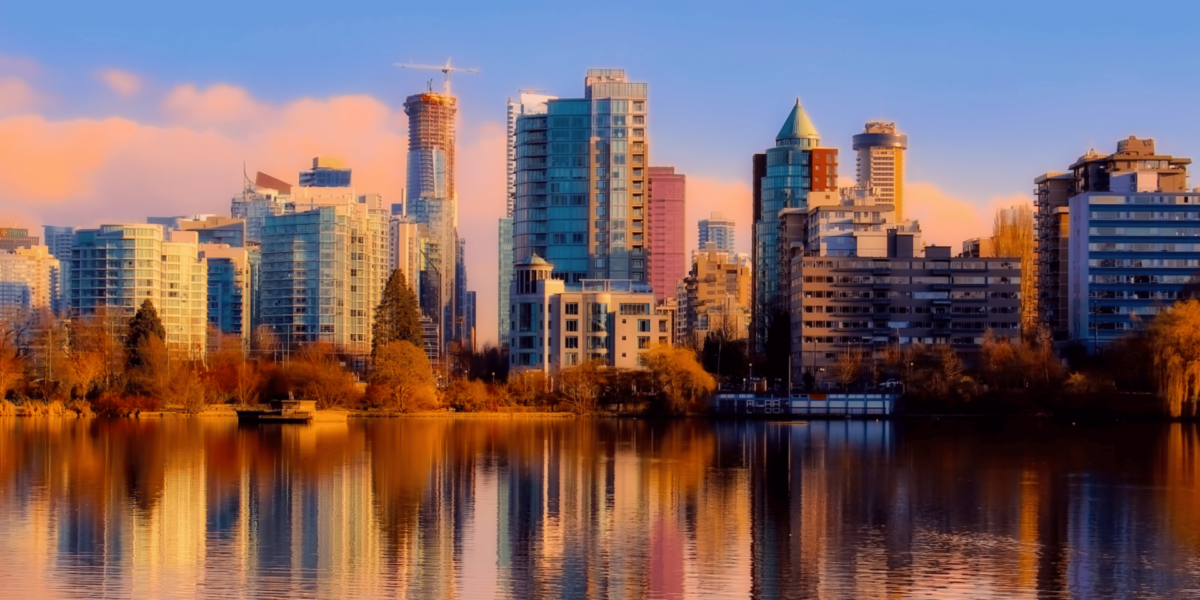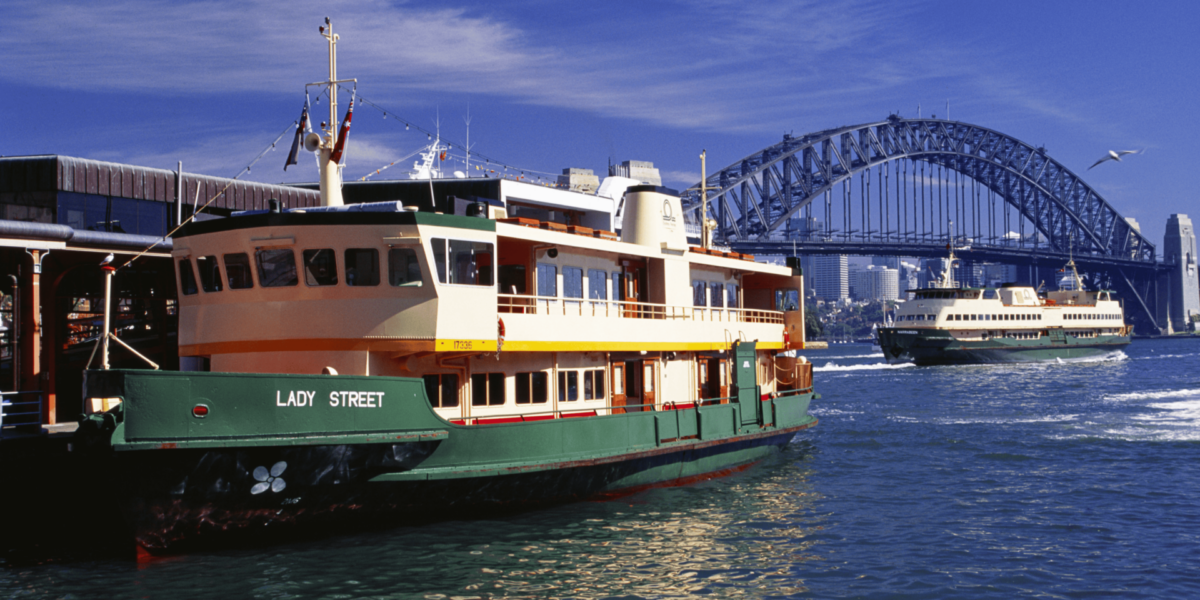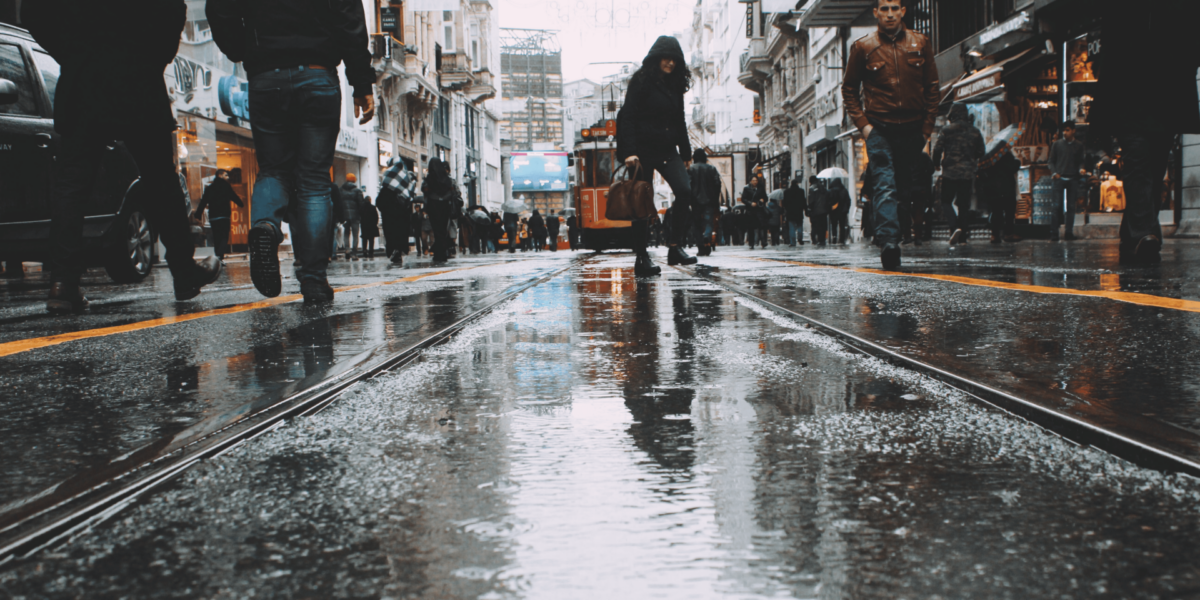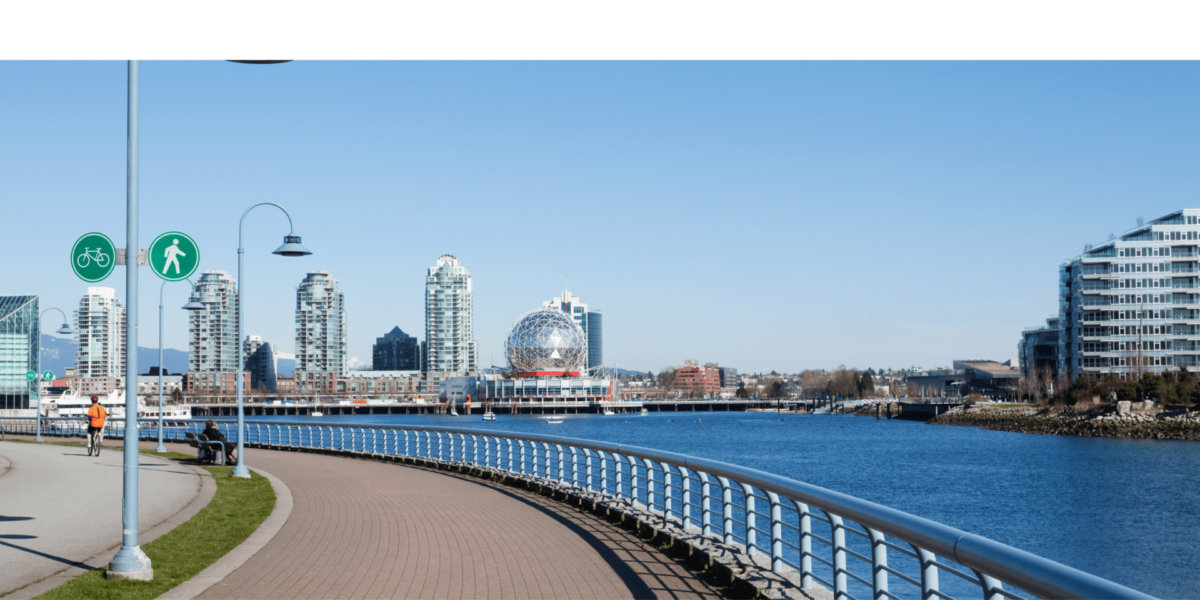Vancouver’s skyline continues to evolve as new developments rise alongside the city’s iconic buildings. Construction projects, shifting zoning rules, and growing population needs are all driving this visual change.
A photographer standing along the seawall today sees a different city than just five years ago. Glass towers reach higher. New shapes and silhouettes appear where open space once existed. As the skyline changes, the city’s identity is reshaped visually and culturally.
Urban Growth Creates New Layers in the Landscape
Vancouver’s urban growth brings both vertical expansion and architectural diversity. Tall residential buildings mix with office towers, creating a layered cityscape that reflects ongoing demand for space in a limited geographic area.
From a camera’s perspective, this density creates opportunities to capture depth, light variation, and overlapping textures. Each new building becomes part of a living map, telling the story of where the city has been—and where it’s headed. The skyline, seen from different vantage points, becomes a timeline in steel, glass, and concrete.
The City’s Natural Setting Frames Every Shot
What makes Vancouver’s skyline unique is how it sits between the Pacific Ocean and the Coast Mountains. This natural backdrop adds drama to every photo, no matter how the city develops.
A photographer capturing the skyline during sunrise sees soft light reflecting off building surfaces, while the mountains add contrast and scale. Even as the city expands, nature remains a steady visual anchor. The result is a blend of human development and untouched beauty that shapes every composition.
Changing Light Reveals New Visual Narratives
Vancouver’s light shifts through the day and across seasons, changing how the skyline appears in photographs. Morning light brings warmth and clarity. Afternoon haze softens lines. Evening shadows add depth and mood.
For photographers, these changes provide endless ways to interpret the same view. A skyline that appears bold and sharp in July might seem quiet and reflective under October rain. Capturing these variations reveals not just the physical city, but its emotional tone over time.
Construction Sites Signal a City in Motion
Cranes, scaffolding, and temporary barriers are now a regular part of Vancouver’s cityscape. These features, while often seen as visual noise, also tell the story of transition. They mark locations where the skyline is actively shifting.
Photographers can use these elements to highlight contrasts—between old and new, permanent and temporary. A half-built tower beside a historic landmark shows the push and pull of progress. These scenes create images that speak to the city’s forward motion while recognizing what’s being replaced.
Iconic Structures Continue to Shape the Visual Identity
Despite constant change, certain structures continue to define Vancouver’s skyline. Buildings like Harbour Centre, Canada Place, and the Shangri-La Hotel serve as visual landmarks that ground the city’s silhouette.
Including these familiar points in photos adds context and balance. They act as visual guideposts for viewers, helping them orient themselves within a shifting frame. Even as the skyline grows taller and denser, these icons maintain their place in the visual language of the city.
Public Viewpoints Offer Unique Perspectives
The best images of Vancouver’s skyline often come from public spaces like Queen Elizabeth Park, Stanley Park, or Granville Island. These locations give photographers open sightlines, reflective surfaces, and varied angles to work with.
A visitor standing on a pedestrian bridge or at a waterfront plaza can capture the city in motion—commuters crossing streets, boats in the harbor, or shadows moving across high-rise windows. These everyday scenes become powerful visuals when framed against the skyline, turning public places into creative studios.
Seasonal Shifts Add Texture to the Visual Story
Vancouver’s seasons create noticeable shifts in how the skyline appears. Snow on the North Shore mountains in winter, cherry blossoms in spring, and long golden hours in summer each add texture and color.
For photographers tracking change over time, these seasonal layers build a richer story. A single skyline view captured across four seasons tells more about the city’s rhythm than any one moment. Each frame adds detail, revealing how the city breathes year-round.
The Human Element Brings the Skyline to Life
While buildings dominate skyline photos, the people who live and work inside them are what give the city its pulse. Including human elements in shots—such as silhouettes, movement, or reflections—adds emotion and scale.
A photographer capturing the city from a rooftop might frame a cyclist in the foreground or a worker inside a lit window. These moments create a connection between viewer and subject, making the skyline feel inhabited rather than abstract. The result is not just a cityscape, but a lived-in landscape.
Photography Helps Preserve Moments of Transition
As Vancouver’s skyline changes, photography serves as a record of what once was. Buildings are replaced. Streets are rerouted. Views once open become obscured. A photo taken today may become a historical document tomorrow.
For artists and urban observers alike, capturing the skyline is about more than aesthetics—it’s about memory. Each photo freezes a moment of transition, helping future viewers understand how the city looked, moved, and changed over time.



